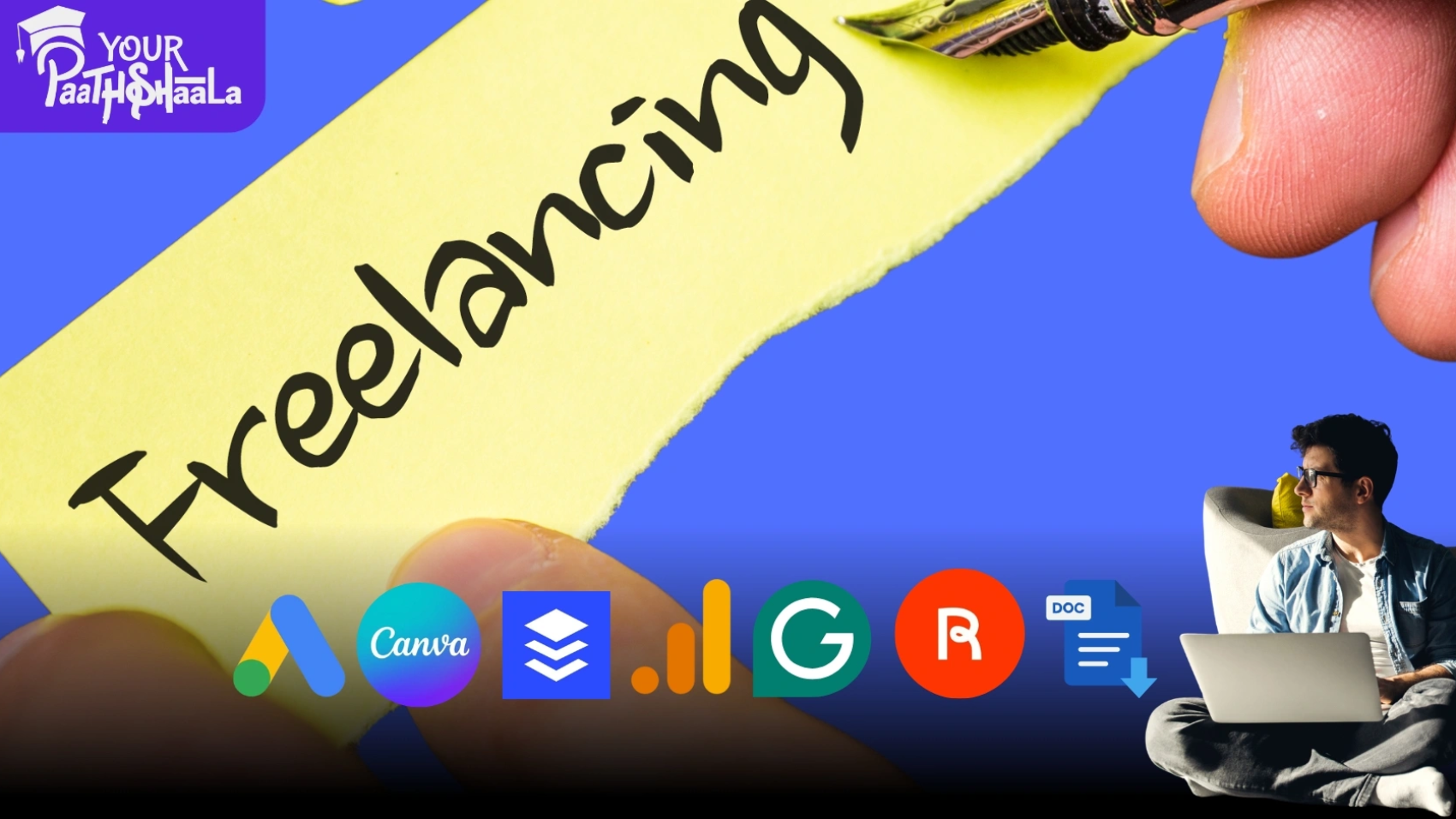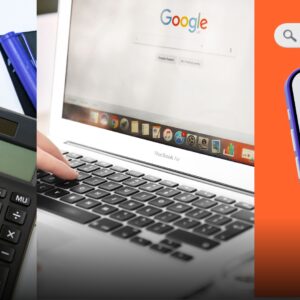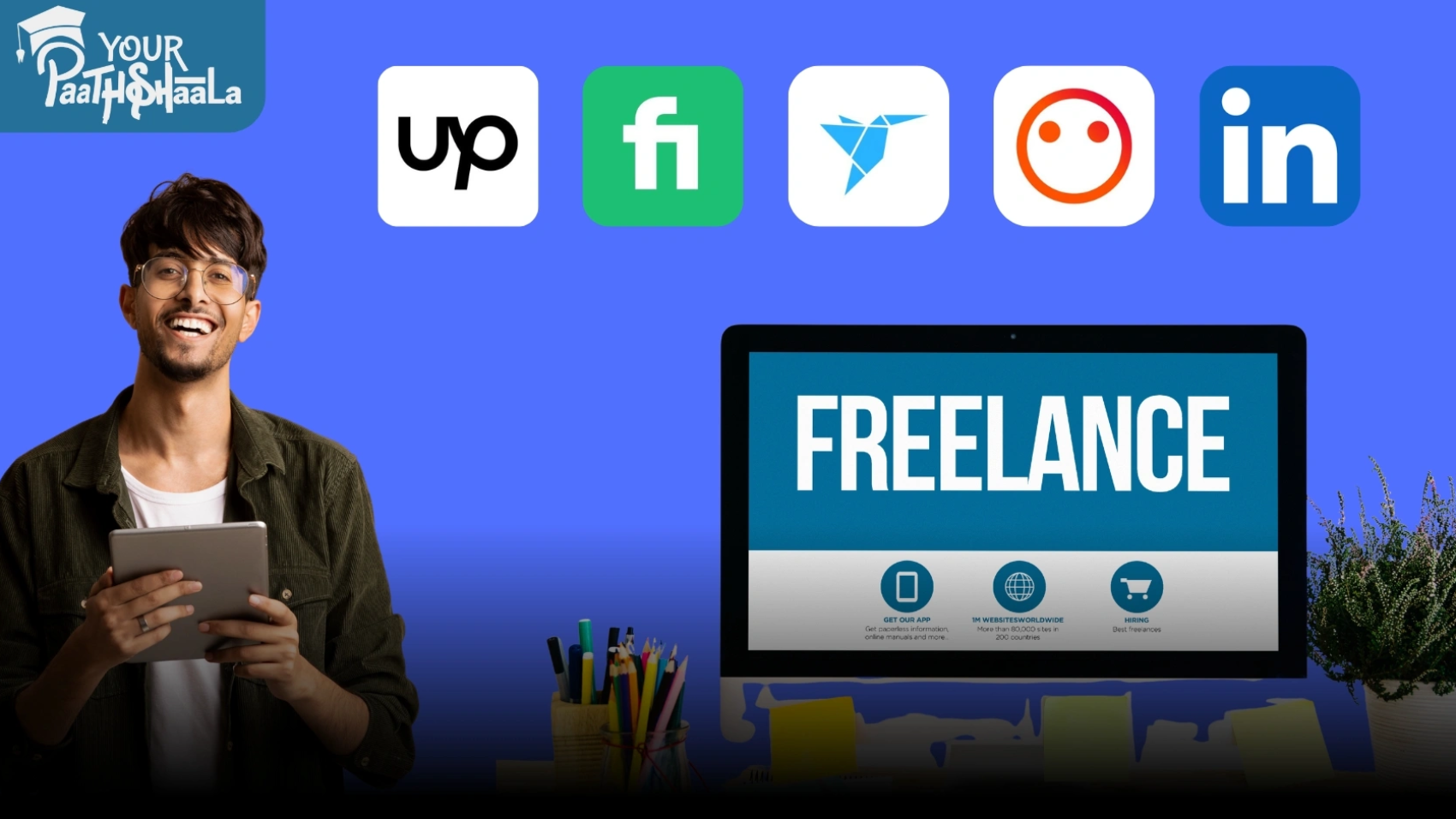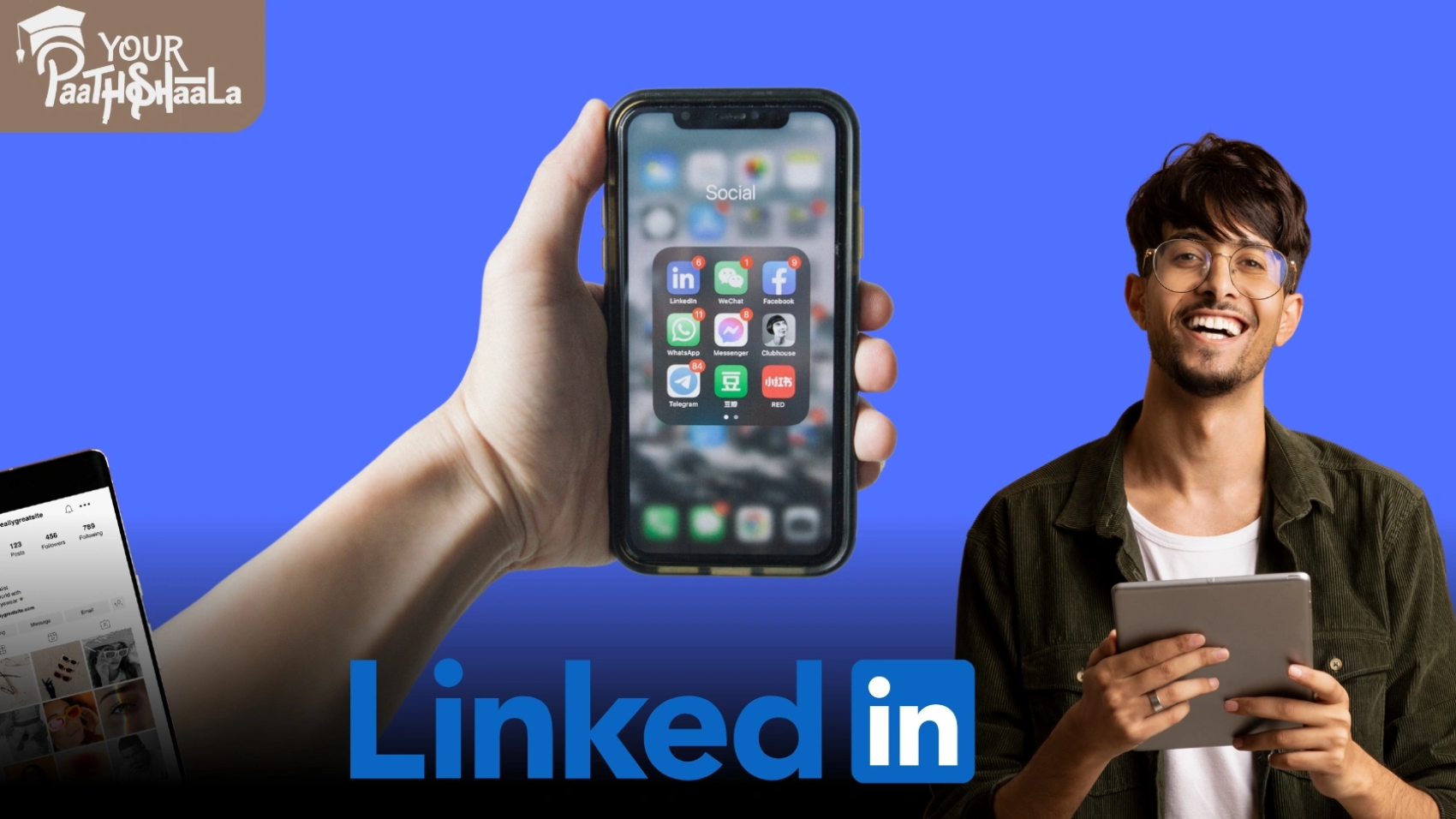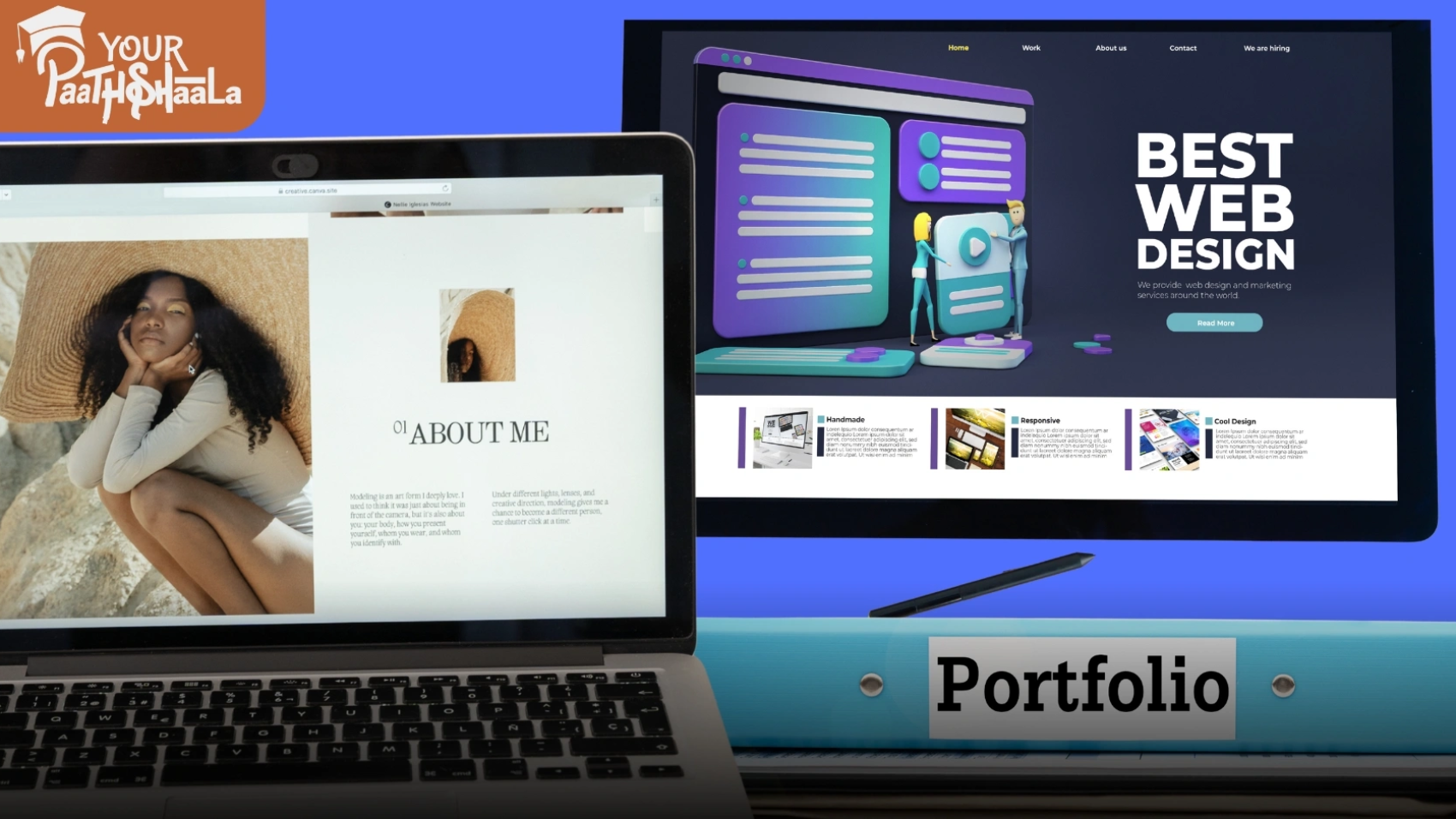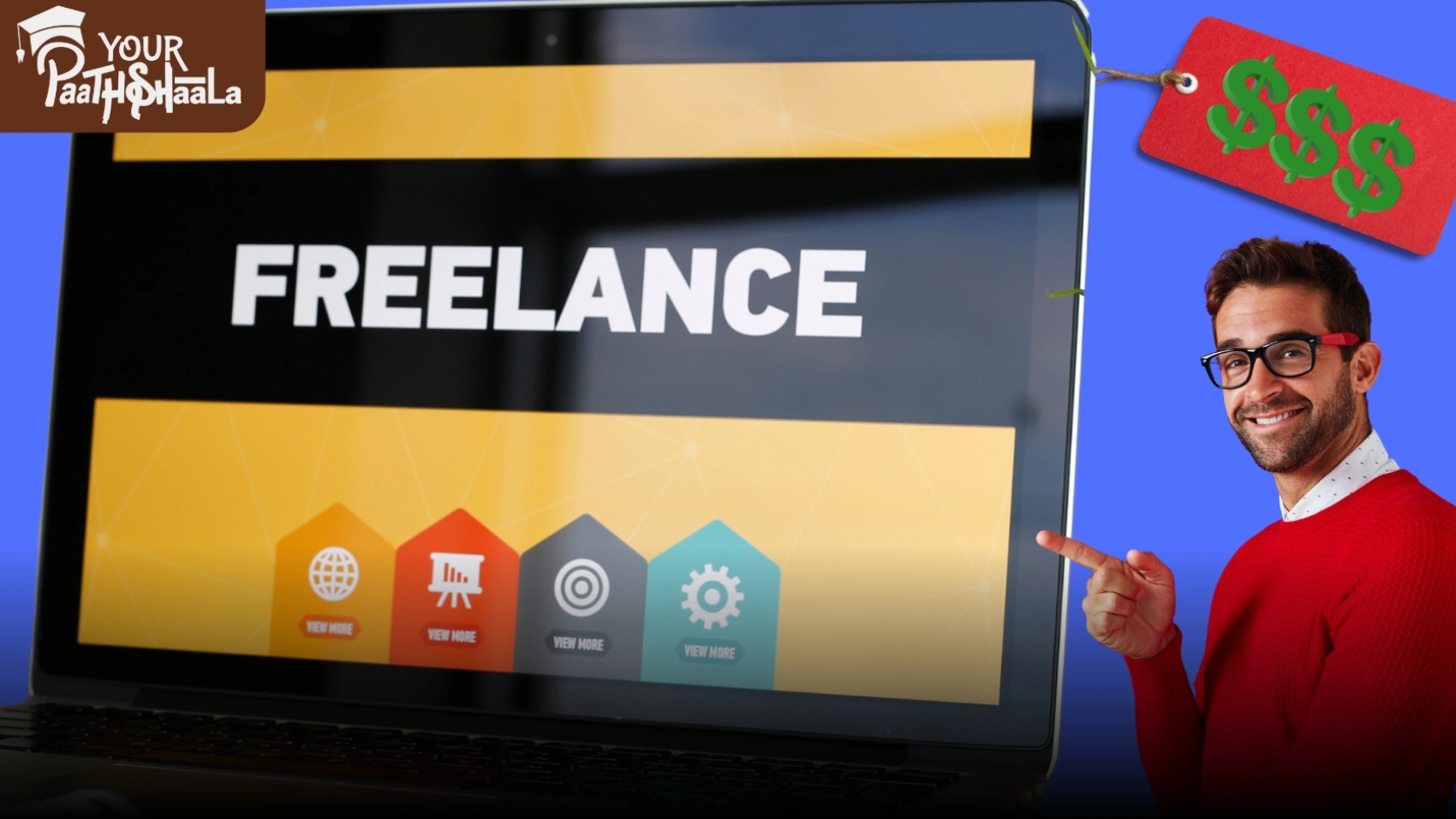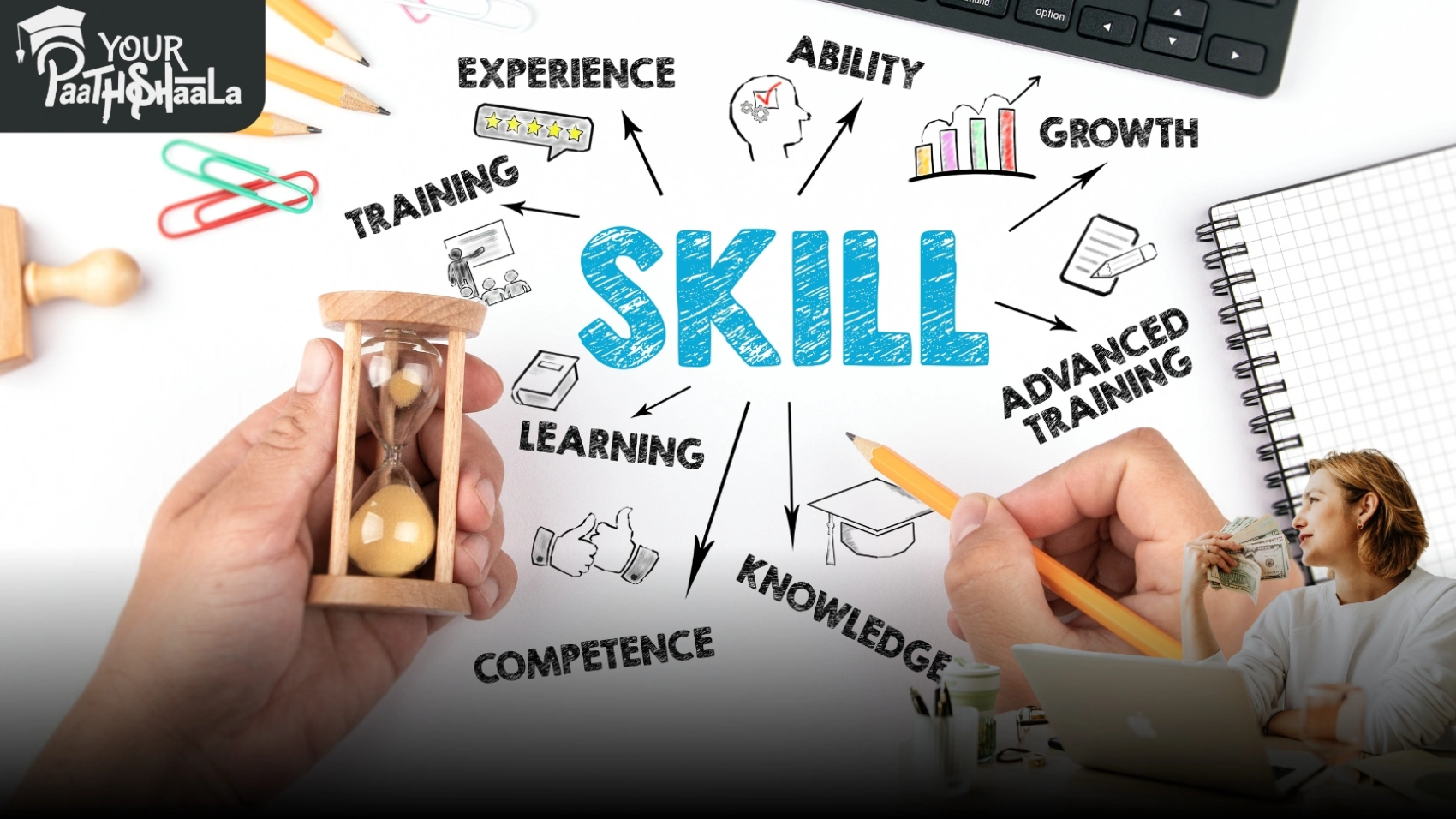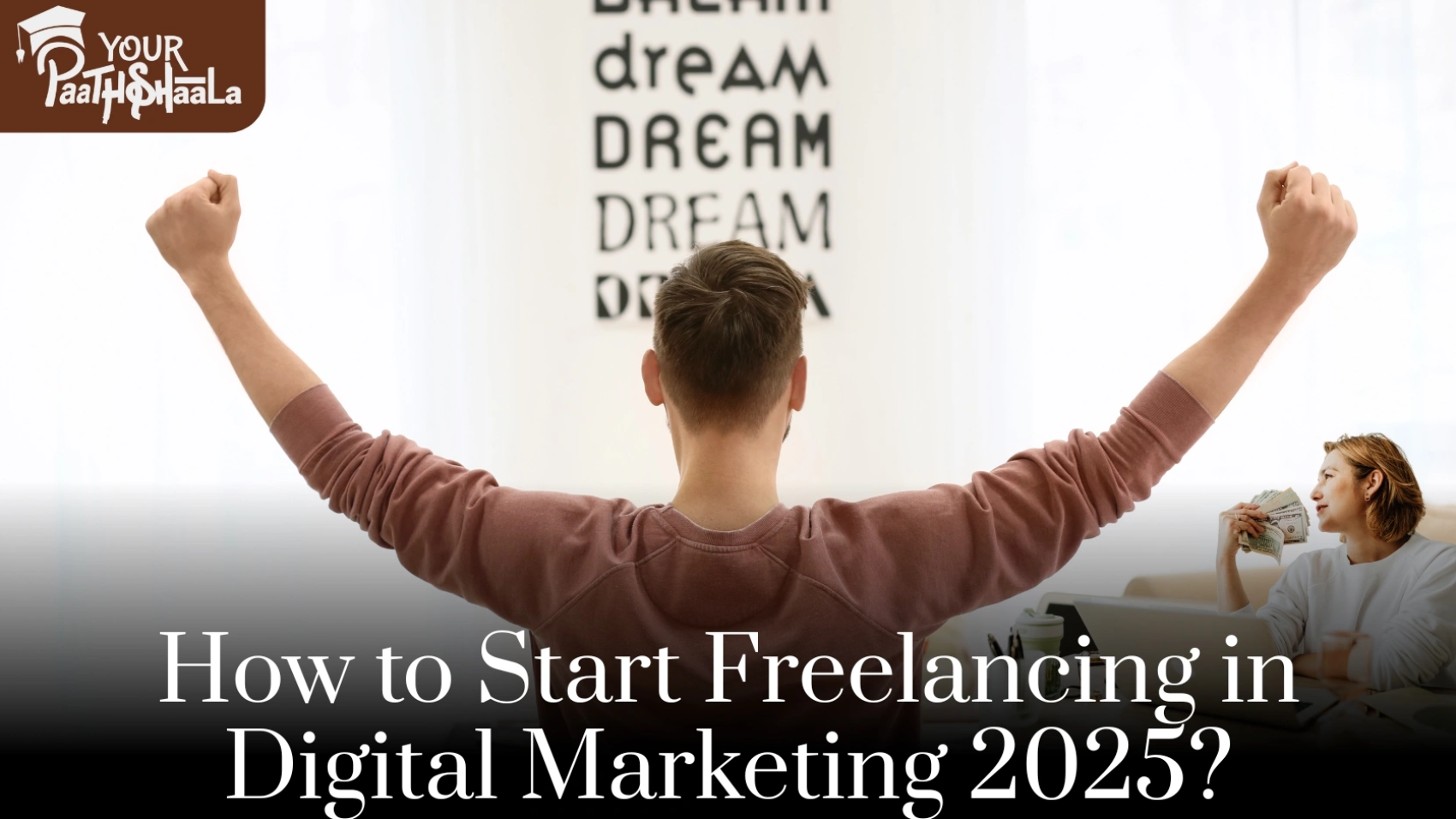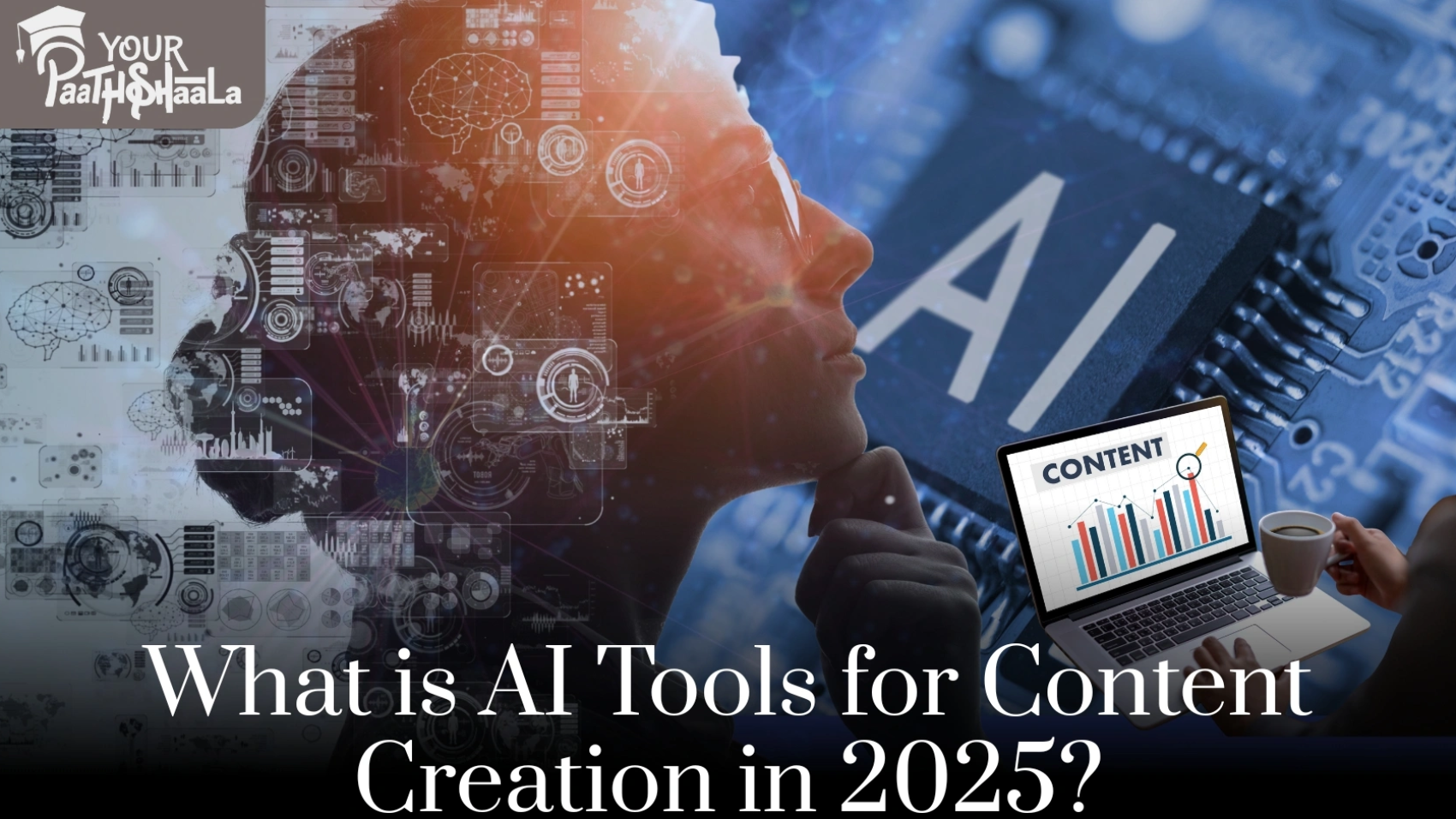Imagine launching a ₹20,000 social media campaign for a Mumbai startup, all while using free tools from your home in Kochi. In 2025, with 850 million internet users driving India’s $188 billion e-commerce market, freelancing in digital marketing is thriving. Moreover, with 77% of India’s web traffic on mobile and a 41% growth rate in digital marketing, per Digital Vidya, free tools make it easier for beginners to compete. Fortunately, these tools are accessible, beginner-friendly, and tailored to India’s diverse market. Thus, this guide explores the top free tools Indian marketers can use for freelancing in 2025, offering practical insights, India-specific strategies, real-world examples, and future trends. Whether you’re in Delhi or Patna, let’s build your freelance career on a budget. Ready to succeed without spending? Let’s dive in!
What Are Free Freelancing Tools?
Free freelancing tools are software or platforms that help digital marketers perform tasks like SEO, social media management, content creation, or analytics without any cost. These tools enable Indian freelancers to deliver professional results while keeping expenses low in a competitive $20–30 billion freelance market, per GoDaddy. For instance, a Chennai freelancer used Google Keyword Planner to optimize a blog, earning ₹10,000 for a local café, per WebEngage. By leveraging free tools, beginners can compete with 15 million freelancers, per Skydo, and build profitable careers.
Why Free Tools Matter for Indian Freelancers
Firstly, free tools are essential for Indian freelancers in 2025. Here’s why:
- Cost Savings: Free tools reduce expenses, crucial for beginners, per Digital Scholar.
- High Earnings: Freelancers earn ₹1.8–₹12 lakhs annually, per Coursera.
- Professional Results: Tools like Canva deliver quality, boosting trust by 20%, per WebEngage.
- Mobile-First Compatibility: Tools optimize for 77% mobile traffic, per Statista.
- Scalability: Free tools support growth without upfront costs, per FlowRush.
For example, a Jaipur freelancer used free tools to land a ₹15,000 Instagram campaign, proving their value. Consequently, free tools level the playing field.
Top Free Tools for Indian Freelancers
Explore these top free tools for digital marketing freelancing in India in 2025. Each is evaluated for functionality, ease of use, and India-specific benefits, with tips to maximize impact.
Google Keyword Planner
Firstly, Google Keyword Planner is a free SEO tool for researching keywords to boost rankings on Google.in, per Search Engine Journal.
- Features: Finds keywords like “Diwali gift ideas”; suggests bid estimates; shows search volume.
- India Benefit: Targets India’s 40% regional language searches, per BloggingQnA.
- Ease of Use: Beginner-friendly with tutorials, per Google.
- Success Tip: Use for local SEO, like “biryani near me,” per your July 23, 2025 SEO interest.
For instance, a Pune freelancer used Keyword Planner to rank a bakery, earning ₹10,000. Thus, it’s a must-have for SEO gigs.
Tool: Google Keyword Planner (free with Google Ads account).
Canva
Next, Canva offers free graphic design tools for creating social media posts, presentations, and portfolios, per Hostinger.
- Features: Templates for Instagram Reels; drag-and-drop editor; free stock images.
- India Benefit: Creates visuals for festivals like Holi, per IndiaCSR.
- Ease of Use: Intuitive for beginners, per Chegg India.
- Success Tip: Design case studies for LinkedIn, per your August 1, 2025 LinkedIn interest.
For example, a Surat freelancer’s Canva-designed Instagram post earned ₹5,000. Consequently, Canva enhances visual appeal.
Tool: Canva (free plan).
Buffer
Then, Buffer is a free social media management tool for scheduling posts on Instagram and X, per Sprout Social.
- Features: Schedules 10 posts/month; supports Instagram, X; basic analytics.
- India Benefit: Targets 500 million social users, per IndiaCSR.
- Ease of Use: Simple dashboard for beginners, per Planable.
- Success Tip: Schedule Reels with #IndiaSEO, per your July 23, 2025 video interest.
For instance, a Hyderabad freelancer’s Buffer-scheduled campaign drove 2,000 clicks, earning ₹12,000. Thus, Buffer streamlines SMM.
Tool: Buffer (free plan).
Google Analytics
Moreover, Google Analytics tracks website performance, crucial for SEO and PPC freelancers, per Google.
- Features: Monitors traffic, conversions; tracks mobile performance; free reports.
- India Benefit: Optimizes for 77% mobile traffic, per Statista.
- Ease of Use: Beginner-friendly with Google tutorials, per Digital Vidya.
- Success Tip: Create client reports for ROI, per your July 24, 2025 analytics interest.
For example, a Delhi freelancer’s analytics report secured a ₹20,000 SEO contract. Consequently, it’s essential for data-driven gigs.
Tool: Google Analytics (free).
Grammarly
Additionally, Grammarly’s free plan polishes content for blogs, emails, and social posts, per WebMarketingAcademy.
- Features: Checks grammar, clarity; suggests tone adjustments; browser extension.
- India Benefit: Enhances Hindi/English content, per BloggingQnA.
- Ease of Use: Seamless for beginners, per Chegg India.
- Success Tip: Write polished proposals, per your July 30, 2025 pricing interest.
For instance, a Kolkata freelancer’s Grammarly-edited blog earned ₹8,000. Thus, Grammarly boosts content quality.
Tool: Grammarly (free plan).
Rytr
Furthermore, Rytr is a free AI writing tool for creating blog drafts, ad copy, and social posts, per Jaro Education.
- Features: Generates 10,000 characters/month; supports Hindi; customizable tone.
- India Benefit: Creates regional content for 20% higher engagement, per BloggingQnA.
- Ease of Use: Intuitive for beginners, per your July 24, 2025 AI tools interest.
- Success Tip: Draft localized content like “Pongal Marketing,” per your July 29, 2025 branding interest.
For example, a Kochi freelancer used Rytr for a ₹10,000 Malayalam campaign. Consequently, Rytr saves time and enhances output.
Tool: Rytr (free plan).
Google Docs
Finally, Google Docs offers free document creation for proposals, contracts, and content planning, per Digital Hari.
- Features: Collaborative editing; templates for proposals; cloud storage.
- India Benefit: Supports UPI-based contract sharing, per WebEngage.
- Ease of Use: Familiar to beginners, per Planable.
- Success Tip: Create transparent proposals, per your July 18, 2025 disclosure interest.
For instance, a Mumbai freelancer’s Google Docs proposal secured a ₹15,000 SMM gig. Thus, it’s perfect for client communication.
Tool: Google Docs (free).
Strategies to Maximize Free Tools
To excel with these tools, adopt these India-specific strategies:
- Combine Tools: Use Keyword Planner for SEO and Canva for visuals, per Kraftshala.
- Localize Content: Create Hindi/Tamil posts with Rytr, per BloggingQnA.
- Track Results: Monitor campaigns with Google Analytics, per Google.
- Engage on X: Share tool tips with #IndiaFreelance, per Sprout Social.
- Build Portfolios: Showcase work on LinkedIn, per your August 1, 2025 interest.
For example, a Chennai freelancer combined Canva and Buffer for a ₹15,000 campaign, boosting engagement by 20%. Consequently, strategic tool use drives success.
Tool: LinkedIn (free) for portfolio sharing.
Challenges and Solutions
Using free tools in India has hurdles, but these solutions help:
- Limited Features: Free plans lack advanced options. Solution: Combine multiple tools, per Digital Scholar.
- Learning Curve: Tools require time to master. Solution: Use YouTube tutorials, per Chegg India.
- Competition: 15 million freelancers compete, per Skydo. Solution: Niche down, like “Tamil SEO,” per Digital Azadi.
- Cultural Relevance: Generic content fails. Solution: Localize with regional languages, per BloggingQnA.
For instance, Hindi content boosts engagement by 20%, per BloggingQnA. Thus, strategic focus overcomes obstacles.
Future Trends for Free Tools in 2025
Looking ahead, these trends will shape free tools for Indian freelancers:
- AI Enhancements: Tools like Rytr expand Hindi support, per Forbes.
- Voice Search Tools: Free tools optimize for 40% voice searches, per BloggingQnA.
- Hyper-Local Focus: Tools target Tier-II cities like Lucknow, per IndiaCSR.
- Video Content Tools: Canva supports Reels, boosting engagement by 25%, per Nestify.
- E-E-A-T Compliance: Analytics tools enhance trust, per Google.
By 2027, 70% of freelancers will use AI tools, per Forbes. Consequently, staying updated ensures competitiveness.
Getting Started with Free Tools
Ready to freelance on a budget in India? Here’s a quick recap:
- Use Google Keyword Planner: Research local SEO keywords.
- Leverage Canva: Create stunning visuals for social media.
- Schedule with Buffer: Automate Instagram and X posts.
- Track with Google Analytics: Monitor campaign performance.
- Polish with Grammarly: Enhance content quality.
- Write with Rytr: Generate localized drafts.
- Plan with Google Docs: Draft proposals and contracts.
For example, a Kochi freelancer’s free tools strategy for a seafood brand earned ₹60,000 in projects. Start free, win big!
Tip: Use Hostinger’s ₹134/month hosting with WordPress for a portfolio site. Disclosure: This post contains affiliate links; we may earn a commission from Hostinger.
Conclusion
In 2025, free tools like Google Keyword Planner, Canva, and Rytr empower Indian marketers to tap into a $188 billion e-commerce market and 850 million internet users. With digital marketing skills, you can earn ₹1.8–₹12 lakhs annually, per Coursera. Moreover, challenges like limited features and competition are manageable with strategic tool use and localization. Additionally, with AI, voice search, and hyper-local trends shaping tools, now is the perfect time to act. Start using these free tools today and thrive in India’s freelance market. What’s your plan to leverage free tools in 2025? Share below and let’s succeed together! To learn more click Bestdigitalmarketingcourseinraipur & you will learn a lot about digtital marketing and related topics. At YourPaathshaala, Raipur’s trusted skill development institute, we specialize in hands-on, practical digital marketing training. Ready to boost your career? Visit us in Raipur or contact us at 📞 +91-8305209520 to learn more!


